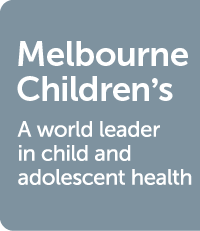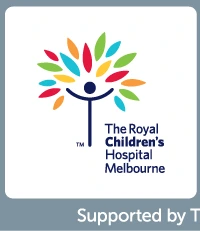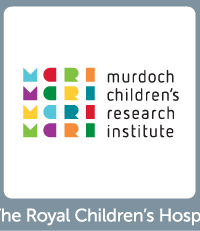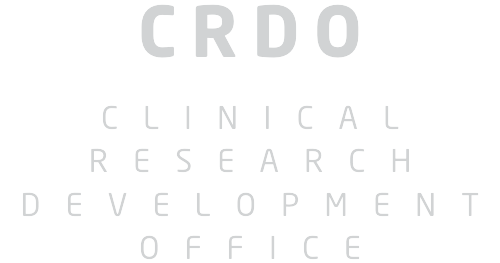Safety Assessment & Reporting
Everybody involved in a research project has safety assessment and reporting responsibilities. Different roles have different responsibilities, and different types of safety events have different reporting requirements.
For clinical trials specifically, all Safety Assessment and Reporting is governed by the NHMRC Safety monitoring and reporting in clinical trials involving therapeutic goods (EH59) Guidance (November 2016).
1. Anybody involved in a research project can identify a potential safety risk or event. This includes your participants and their family or community members.
2. Only delegated members of the study team can assess and report safety events to the relevant parties (Sponsor, HREC, RGO, TGA, etc).
3. The PI is responsible for all members of the study team, including themselves, discharging their safety assessment and reporting responsibilities.
Definitions of Types of Safety Events
Any untoward medical occurrence in a patient or clinical trial participant administered a medicinal product or other intervention. It does not necessarily have a causal relationship with the product or intervention.
An adverse event is defined as serious if it:
· results in death
· is life-threatening
· requires hospitalisation or prolongation of existing hospitalisation
· results in persistent or significant disability or incapacity
· is a congenital anomaly or birth defect
A SUSAR is a single serious adverse event:
· Where there is at least a reasonable possibility of a causal relationship between an intervention and an adverse event (in other words the relationship of the SAE to the trial drug/device/other intervention cannot be ruled out)
and
· That is unexpected, meaning that the nature or severity of the reaction is not consistent with the known scientific information (e.g. Investigator’s Brochure for an unapproved investigational product or product information document or similar for an approved, marketed product)
If your trial is using a device as the intervention, SUSARs are instead referred to as USADEs (Unanticipated Serious Adverse Device Effects).
An SSI is a type of safety issue that could adversely affect the safety of participants or materially impact on the continued ethical acceptability of the trial. SSIs can come from the review of study data/data sets (by DSMBs or other trial monitoring bodies), as well as from individual SUSAR events.
A measure required to be taken to eliminate an immediate hazard to a participant’s health or safety.
Assessment of AEs and Reporting
The four most important characteristics of any AE are: severity, seriousness, causality, and expectedness. By assessing these four characteristics, in partnership with your external Sponsor, team members can classify what kind of AE they are working with. Knowing how to classify an AE, in combination with your protocol, determines what the appropriate reporting pathway is for that AE.
The responsibility of assessing AEs is shared between the Site and the Sponsor. The Site is primarily responsible for the assessment of Severity, Seriousness and Causality, and the Sponsor is primarily responsible for the assessment of Expectedness.
The Sponsor does not have the power to change any classifications made by the site. If you and your external Sponsor disagree on the classification of an AE, and it is a reportable AE, then both classifications must be included any submitted reports.
You can see an example assessment process of an AE resulting from a clinical trial modelled in the next two diagrams:


Regardless of your assessment of any AEs occurring in your study, you will still have to capture any AEs that happen in your participants medical record (as per standard clinical care). In addition to this, the safety section of your protocol will tell you what AEs need to be reported to your Sponsor, and when.
The classification of your safety event, in combination with your protocol, will determine how you need to report it.
Safety events that meet the definition of SAEs, SUSARs, SSIs and USMs require “expedited reporting”, because they are all serious safety events. Expedited reporting is governed by timelines, because of the seriousness of the issues/hazards involved.
These timelines can be found here:
· MCTC096 Timeline | Safety Reporting Timelines: Studies with Investigational Medical Products (IMPs)
· MCTC097 Timeline | Safety Reporting Timelines: Studies with Investigational Medical Devices (IMDs)
At Melbourne Children’s, this reporting is done by ERM. Advice on submission pathways can be found at Ethics and Governance: Safety reporting.
Please note: Due to the seriousness of the issue/hazard, a USM can be implemented at Melbourne Children’s in advance of any submission, acknowledgement, or approval of the measure by the Reviewing HREC or your local RGO.
If this comes up in your study, there are a number of places you can get support. These include:
· Your Protocol
· Your Sponsor
· Your Local RGO
· CRDO
All research projects must complete and submit annual reporting. For clinical trials specifically, one part of this reporting is the Annual Safety Report.
An annual safety report provides the reviewing HREC, and the local RGO, with an annual summary of the evolving safety profile of the project. For projects with an external Sponsor, the annual safety report will be authored and disseminated to sites by the Sponsor.
At Melbourne Children’s, this reporting is done by ERM. More information can be found here Ethics and Governance: Safety reporting.
For more in-depth training on this topic, enrol in the CRDO Safety oversight, monitoring & reporting workshop.
Also consider the A-CTEC Trials Essentials Packages:
A-CTEC Individual Courses | A-CTEC
· Safety Reporting in Clinical Trials
· Safety Monitoring and Reporting in Trials
They are also covered in some detail in GCP:
· A-CTEC GCP Course (developed by CRDO)




